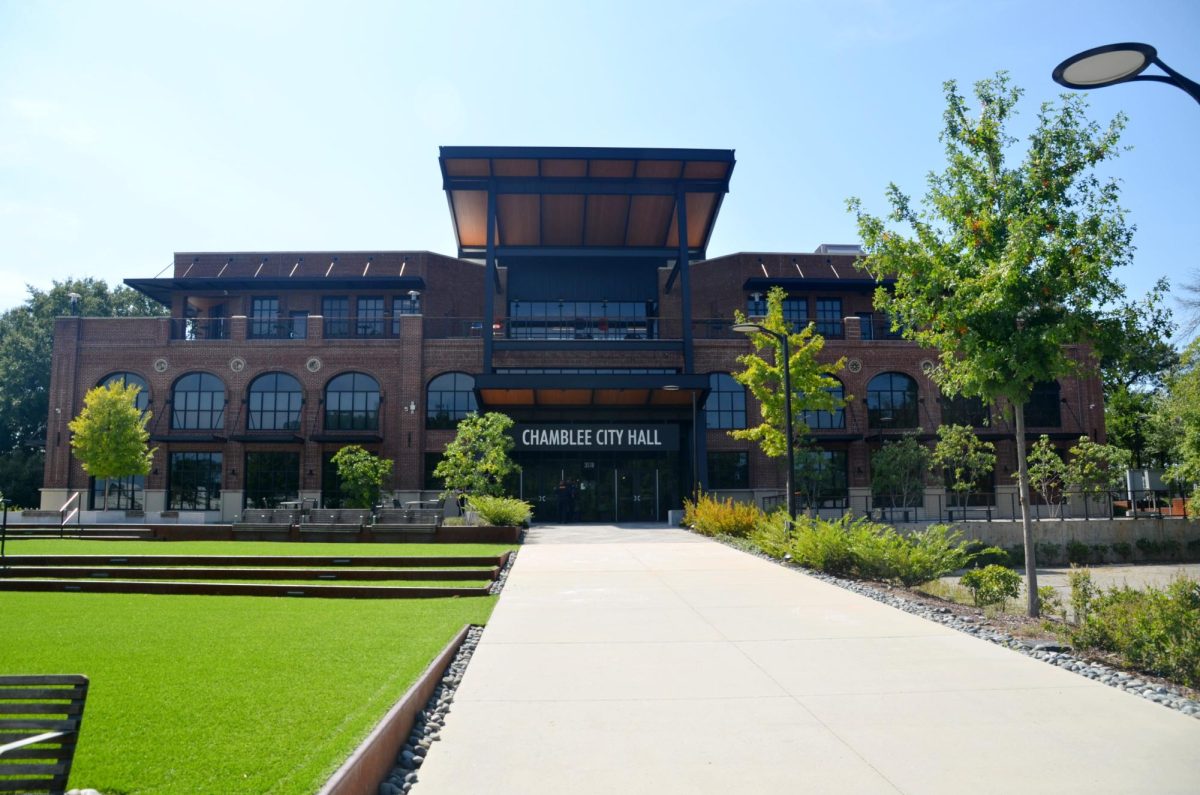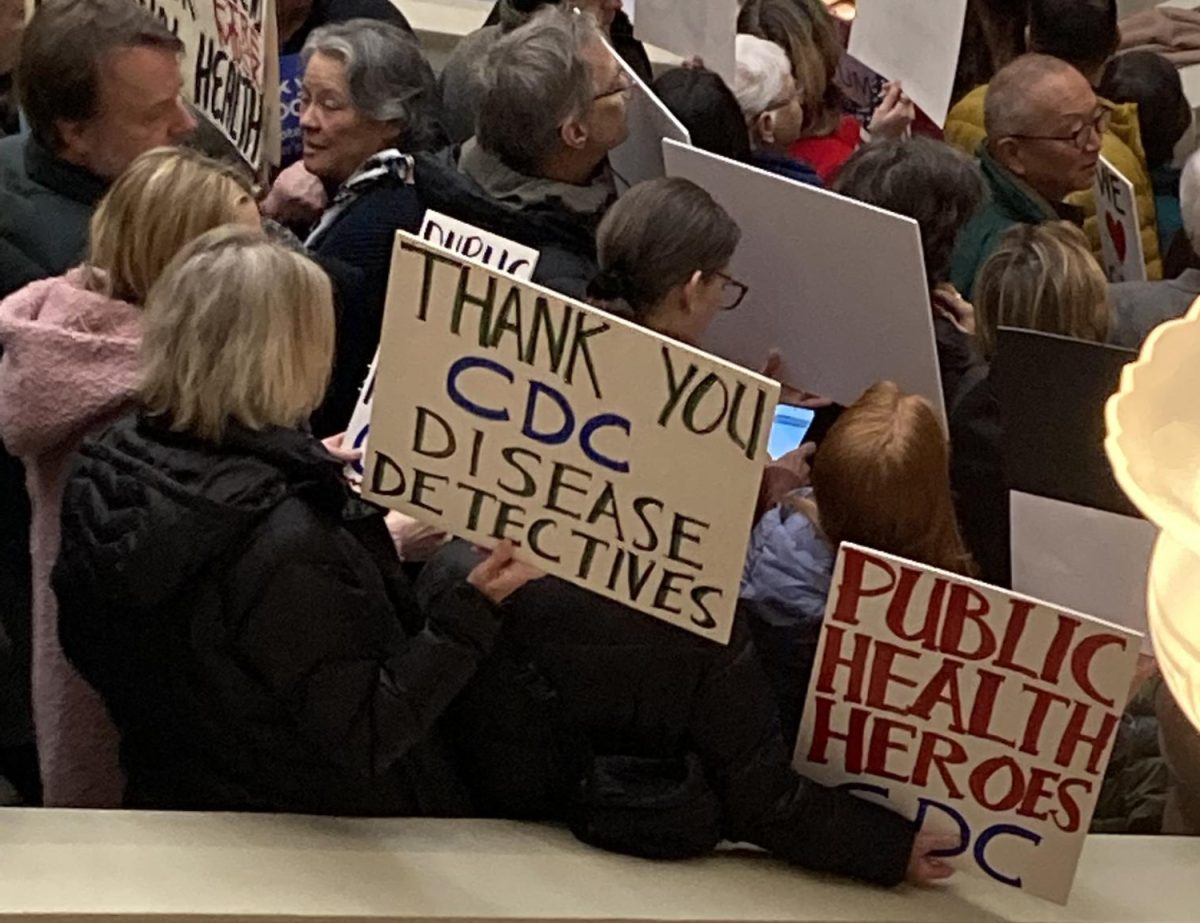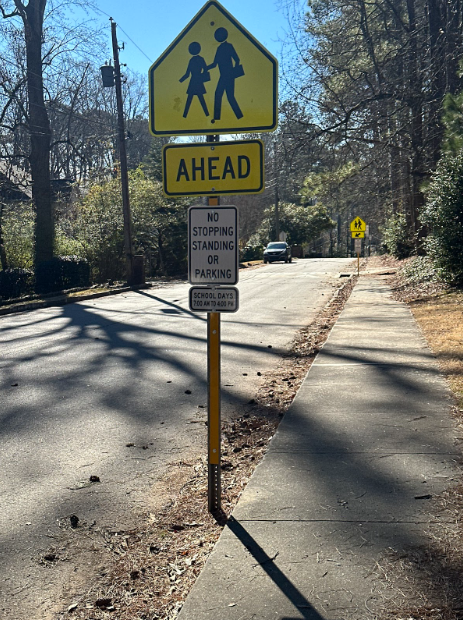Black history bingo, door decorating competitions, documentary showings–all ways that Chamblee celebrated Black History Month in 2017. With the start of February 2018 and a brand new Black History Month, it is important to acknowledge how Chamblee celebrates Black History Month and how that impacts the way students view American society.
Negro History week was founded in 1926 by the Association for the Study of Negro Life and History and African American historian, Carter G. Woodson. When Negro History Week was first announced, Woodson explained the purpose behind it as such: “If a race has no history, it has no worthwhile tradition, it becomes a negligible factor in the thought of the world, and it stands in danger of being exterminated.”
Black History Month was proposed in February of 1969 by the Black United Students and black educators at Kent State University. It was then celebrated a year later by the same students and teachers of Kent State that proposed it. Over the course of the next six years, Black History Month was being celebrated nationwide by black institutions. It was in 1976 that Black History Month was officially recognized by former President Gerald Ford at a celebration of the United States Bicentennial.
The United States is not the only country that recognizes Black History Month. The United Kingdom officially recognized Black History Month in 1987 and Canada recognized this month in 1995. But with the history of Black History Month aside, it is important to recognize what it means to Chamblee students and how Chamblee Charter High School chooses to recognize Black History Month.
“Black History Month means a lot to me. It is a reminder of all the achievements and greatness that black people have obtained and an opportunity to learn more about the origin of my culture,” said junior Caiah Smith.
Junior class president Sidney Britton believes that Black History Month should not only be important to individuals, but to the black community as a whole.
“Celebrating it [Black History Month] should help us better educate ourselves, as black people, to know we can accomplish anything we want and to not fall through the same hole from 200 years ago in a different form,” said Britton.
Though Chamblee is praised for its diverse student body, celebrating one race or culture becomes a challenge.
“I personally feel like coming from a basically all-black school to such a diverse environment such as Chamblee, where there’s so many cultures that Black History Month has kind of lost its importance, said Britton.
Last year the Chamblee’s SGA planned multiple events to celebrate Black History Month such as black history bingo and a door decorating competition for all fourth period classes. Though the Black History Month bingo received a lot of participation, some students believe that it was not sufficient.
“Last year the whole Black History Month bingo thing was really cool but I just don’t think that people took it seriously. We do a lot but I still think there are some things we could do differently,” said Smith.
This year, the SGA is planning to continue the Black History Month bingo and the showing of another documentary.
Last year, AP US History teacher Jennifer Tinnell promoted and helped organize an after school showing of Ava Duvernay’s documentary 13th, which explores the history of racial inequality within American society, and its connection to the current state of the American prison system.
With the vast amount of cultures and ethnicities at Chamblee, it is often hard to acknowledge them all, but because the student body is so diverse it causes students to be more aware of the cultures and history around them.






